As spring unfolds across the Northern Hemisphere, a remarkable aerial phenomenon takes place largely outside human awareness. High above our heads, flocks of geese undertake one of nature’s most impressive migration journeys, sometimes flying at altitudes that would leave humans gasping for oxygen. These altitude records aren’t just impressive statistical footnotes—they reveal crucial information about climate change, bird physiology, aviation safety, and the health of our ecosystems. This spring, looking up and understanding the high-flying journeys of geese can connect us with an ancient natural rhythm while providing scientists with valuable data about our changing world.
The Remarkable Altitude Capabilities of Migratory Geese

While most casual bird watchers observe geese flying at a few hundred feet, many species routinely soar to extraordinary heights during migration. Bar-headed geese, perhaps the most impressive high-altitude avian travelers, have been recorded flying at elevations exceeding 29,000 feet when crossing the Himalayas—higher than Mount Everest. Common species in North America like Canada geese typically cruise between 2,000 and 5,000 feet, but researchers have documented them reaching altitudes of 9,000 feet during migration. These impressive heights aren’t reached by accident but represent evolutionary adaptations that allow these birds to take advantage of favorable winds, avoid predators, and navigate efficiently across vast distances.
How Geese Achieve These Superhuman Feats

The physiology that enables geese to fly at such extreme altitudes would make Olympic athletes envious. Their respiratory systems are significantly more efficient than those of mammals, featuring unique air sacs that allow for continuous one-way airflow through their lungs, maximizing oxygen extraction even in thin air. Geese possess hemoglobin variants that bind oxygen more effectively at high altitudes where oxygen pressure is reduced. Their powerful flight muscles contain higher densities of capillaries and mitochondria than most birds, ensuring efficient oxygen delivery and energy production during sustained flight. Additionally, geese can maintain higher breathing rates without the alkalosis problems that would affect humans at similar elevations, demonstrating evolutionary adaptations specifically designed for high-altitude migration.
Why Altitude Records Matter to Climate Scientists
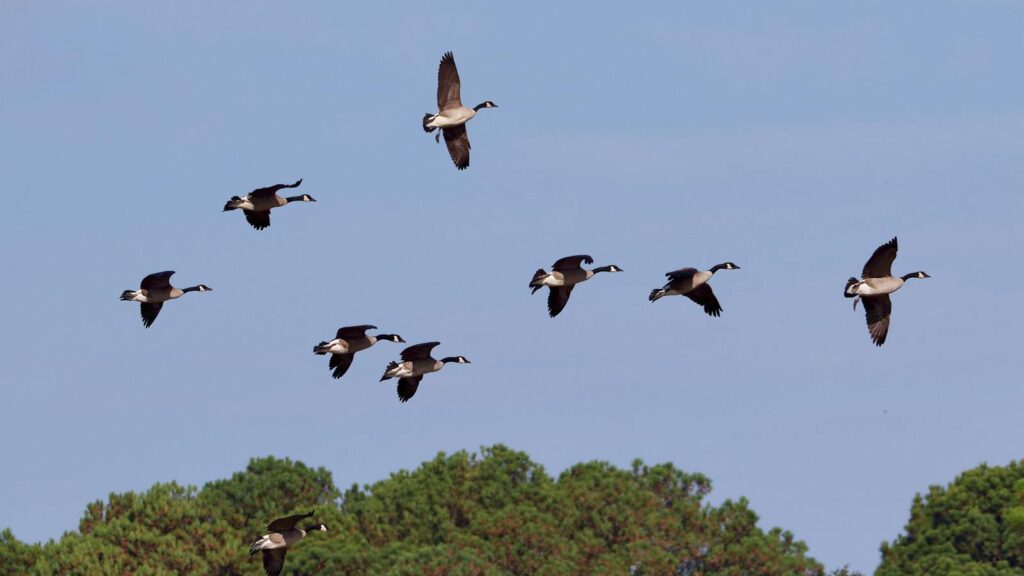
The flying altitudes of migratory geese serve as sensitive indicators of climate change patterns across vast geographical areas. As warming temperatures alter atmospheric conditions, scientists are documenting shifts in the preferred flying altitudes of various goose species during their seasonal migrations. These changes in altitude selection can reflect adjustments to new wind patterns, changing air temperatures, or adaptations to altered weather systems brought about by climate change. Long-term monitoring of these altitude patterns provides researchers with real-time data about how airborne wildlife is responding to atmospheric changes that might otherwise require expensive monitoring equipment to detect. By tracking these patterns over years and decades, ornithologists can contribute valuable information to our understanding of climate change’s effects on aerial environments.
The Connection Between Migration Altitudes and Weather Patterns
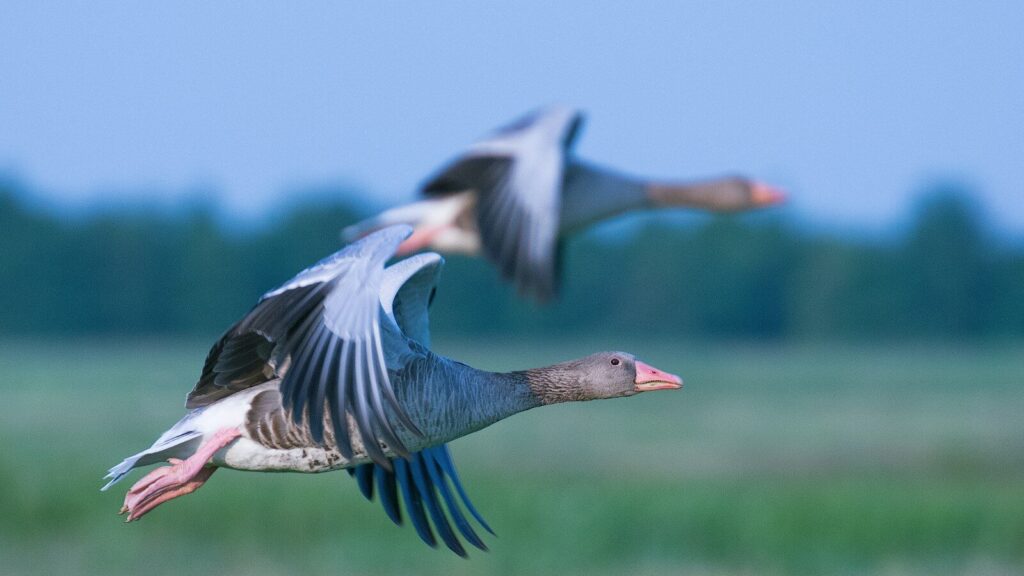
Geese select their flying altitudes with remarkable precision based on current and anticipated weather conditions along their migration routes. They actively seek out favorable tailwinds that can dramatically reduce their energy expenditure, with studies showing that strategic altitude selection can decrease energy costs by up to 30% during long-distance flights. Conversely, geese will adjust their altitude to avoid headwinds that would otherwise dramatically increase the energy required to maintain forward progress. Researchers have observed that geese can detect and respond to subtle pressure and temperature gradients, sometimes climbing or descending thousands of feet to find optimal flying conditions. This spring, unusually high or low flying patterns may indicate shifting weather systems that reflect broader climate trends affecting your region.
How Modern Tracking Technologies Have Revolutionized Our Understanding
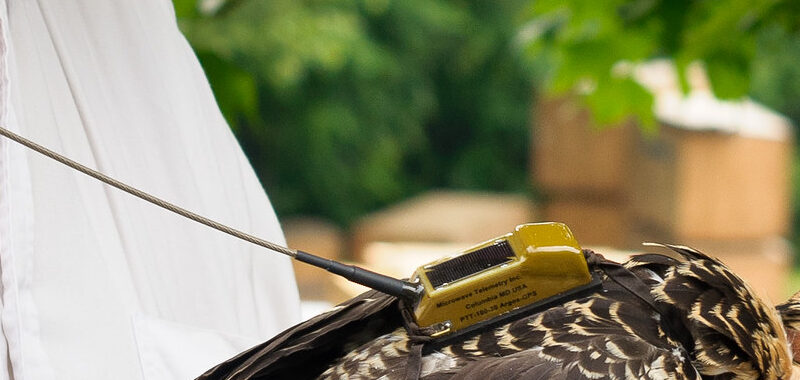
Until recently, accurate data about goose flight altitudes remained largely anecdotal or limited to specific study locations. The development of lightweight GPS tracking devices, some weighing less than 20 grams, has revolutionized our ability to monitor these birds throughout their entire migration journeys. These trackers now provide real-time altitude data along with location coordinates, allowing researchers to create three-dimensional maps of migration pathways across continents. Some advanced systems even incorporate atmospheric sensors that record temperature, humidity, and air pressure as the birds fly, turning geese into mobile weather monitoring stations. Citizen science platforms now allow bird enthusiasts to contribute to this research by reporting observations and possibly spotting tagged birds during spring migration, creating an international network of goose monitors.
The Aviation Safety Implications of High-Flying Geese
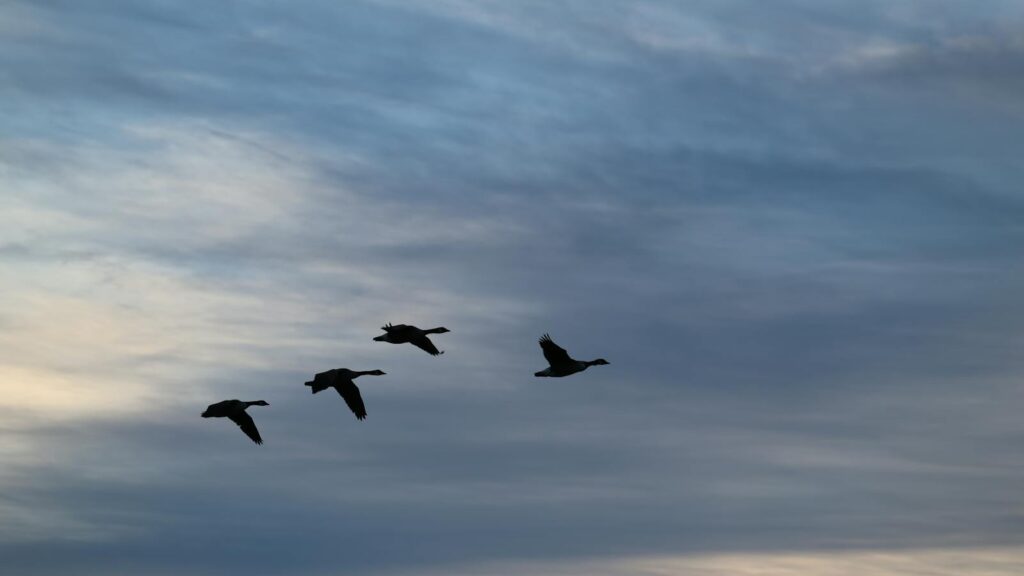
Bird strikes represent a significant safety concern for aviation, with geese being particularly dangerous due to their large size and tendency to fly in formations. Understanding the altitude patterns of migrating geese has become crucial for flight safety planning, especially during peak migration seasons like spring. Airports near major migration routes now incorporate altitude data into their wildlife management strategies, adjusting takeoff and landing patterns during times when geese are likely to be passing through their airspace. Commercial pilots receive regular updates about migratory bird movements and their expected altitudes, allowing them to adjust flight paths when necessary. This spring’s migration data will be incorporated into increasingly sophisticated predictive models that help prevent potentially catastrophic collisions between aircraft and high-flying geese.
How Altitude Choices Reflect Ecosystem Health

The altitude preferences displayed by migrating geese can serve as important indicators of ecosystem health across their vast range. When preferred feeding or resting areas become degraded or unavailable, geese may alter their traditional flight paths and altitudes in response to these changes. Scientists have documented cases where industrial development, agricultural changes, or habitat loss have forced geese to fly at different altitudes or take less efficient routes during migration. These behavioral adaptations often come with energy costs that can affect reproduction rates and population health over time. By monitoring altitude patterns this spring, researchers can identify potential environmental stressors affecting these birds even when the habitat disruptions occur in remote or inaccessible areas.
The Effect of Altitude on Migration Timing and Patterns
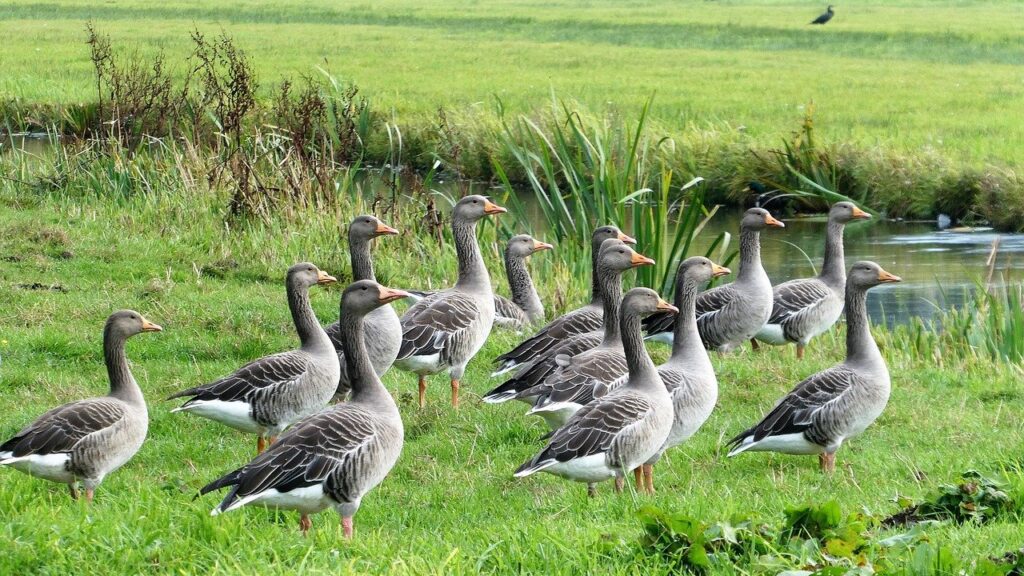
The altitudes at which geese choose to migrate directly influence their arrival timing at breeding and nesting grounds, with significant ecological consequences. Birds flying at higher altitudes often encounter stronger, more favorable winds that allow them to reach their destinations earlier, potentially securing prime nesting territories before competitors arrive. However, those early arrivals may face increased risks if they reach northern breeding areas before conditions are suitable, highlighting the delicate timing calculations these birds must make. Research suggests that climate change is creating mismatches between traditional migration timing and optimal ecological conditions, forcing geese to adjust their altitude strategies to compensate. This spring’s observations may reveal how different species are adapting their altitude selections to maintain synchronization with their environment despite rapidly changing conditions.
Practical Ways to Observe and Record High-Altitude Goose Migration

Participating in the observation and documentation of high-flying geese is easier than many people realize, and spring offers perfect opportunities for citizen scientists to contribute valuable data. High-quality binoculars with magnification of at least 8×42 allow ground observers to spot high-flying flocks that might otherwise be missed, especially when scanning along known migration corridors during early morning or evening hours. Mobile apps like eBird enable instant reporting of goose sightings, including estimated altitude, direction, and flock size, contributing to global migration databases used by researchers. Local Audubon chapters often organize migration watching events during peak spring movement periods, providing experienced guides who can help identify species and estimate flying heights. For those with technical interests, some communities deploy specialized acoustic monitoring stations that can detect the calls of high-flying geese even when they’re not visible to ground observers.
The Cultural and Historical Significance of Goose Migration Altitudes
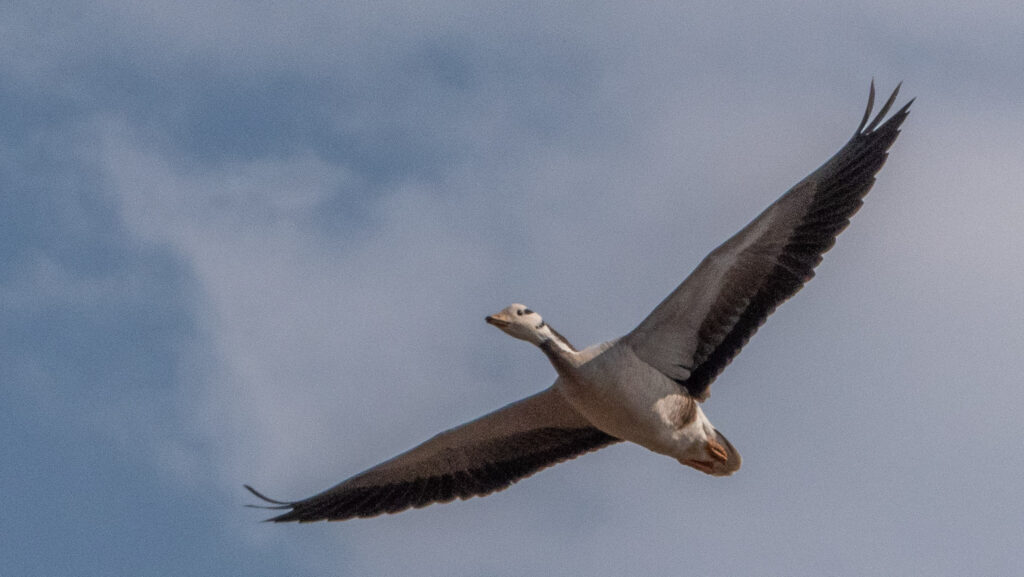
Throughout human history, the high-flying migrations of geese have inspired cultural practices, mythology, and traditional ecological knowledge across many civilizations. Indigenous peoples across North America developed sophisticated understanding of goose migration patterns, including recognition of how flying altitudes predicted weather changes and seasonal transitions. In parts of Asia, the extreme high-altitude flights of bar-headed geese over the Himalayas feature in Buddhist traditions as symbols of transcending worldly limitations. Historical accounts from ancient Greece and Rome include detailed observations of goose flying heights as predictors of coming weather, with low-flying geese often interpreted as harbingers of storms. By paying attention to goose altitude patterns this spring, you’re participating in an observational tradition that connects human communities across thousands of years of shared fascination with these remarkable birds.
How Development and Urbanization Affect Flight Altitudes
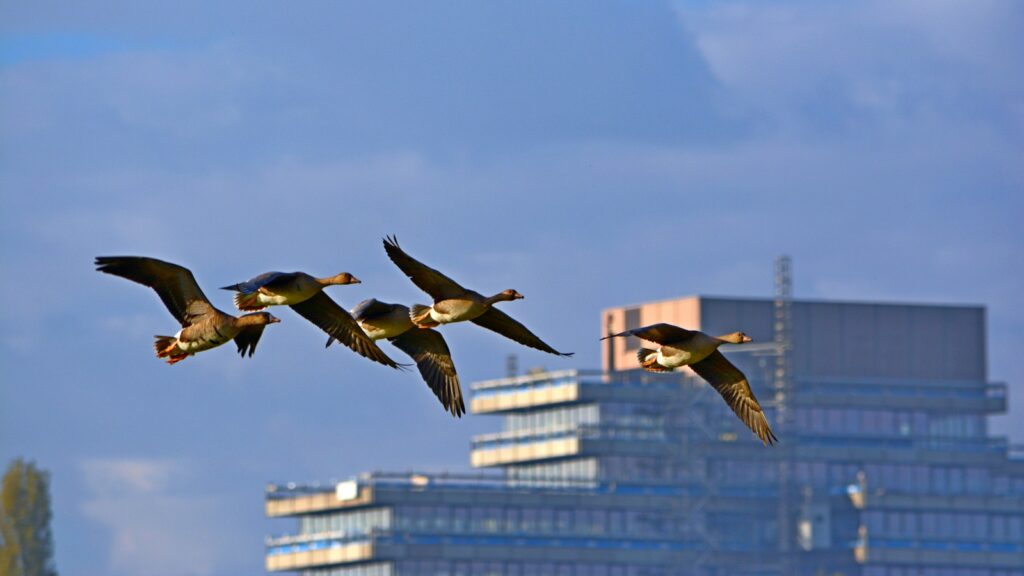
The continuing expansion of urban areas and industrial development has forced noticeable changes in the altitude patterns of migrating geese over recent decades. Researchers have documented geese flying significantly higher when crossing major metropolitan areas, apparently to avoid light pollution, noise, and potential hazards associated with human development. Studies using radar tracking have shown that some goose species will climb an additional 1,000-3,000 feet when approaching cities, only descending to their preferred cruising altitude once they’ve passed these human-dominated landscapes. This altitude adjustment requires additional energy expenditure and may disrupt optimal migration strategies that evolved over thousands of years. This spring, observers near urban centers might notice these altitude adjustments as geese approach and depart from cities along their migration routes, providing visual evidence of how wildlife adapts to human infrastructure.
The Future of Goose Migration in a Changing World
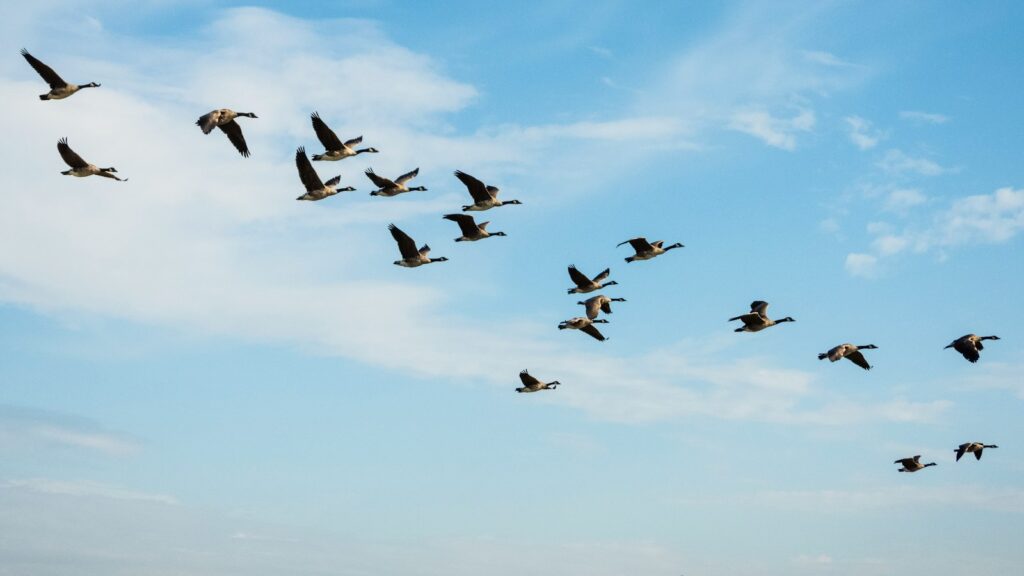
Looking ahead, the altitude patterns of migrating geese face unprecedented challenges from multiple environmental changes occurring simultaneously across their range. Climate models predict shifting wind patterns at various atmospheric levels, potentially disrupting the reliable air currents geese have evolved to utilize during migration. Increasing extreme weather events may force more frequent altitude adjustments as birds attempt to navigate around storms or unusual pressure systems. Rapidly warming Arctic regions could fundamentally alter the timing and patterns of spring migration as northern breeding grounds become available earlier, creating evolutionary pressure for new migration strategies. This spring’s altitude observations will contribute to long-term datasets that help scientists understand how these magnificent birds are adapting to our rapidly changing world, and whether their remarkable evolutionary adaptations will continue to serve them in the coming decades.
Conclusion
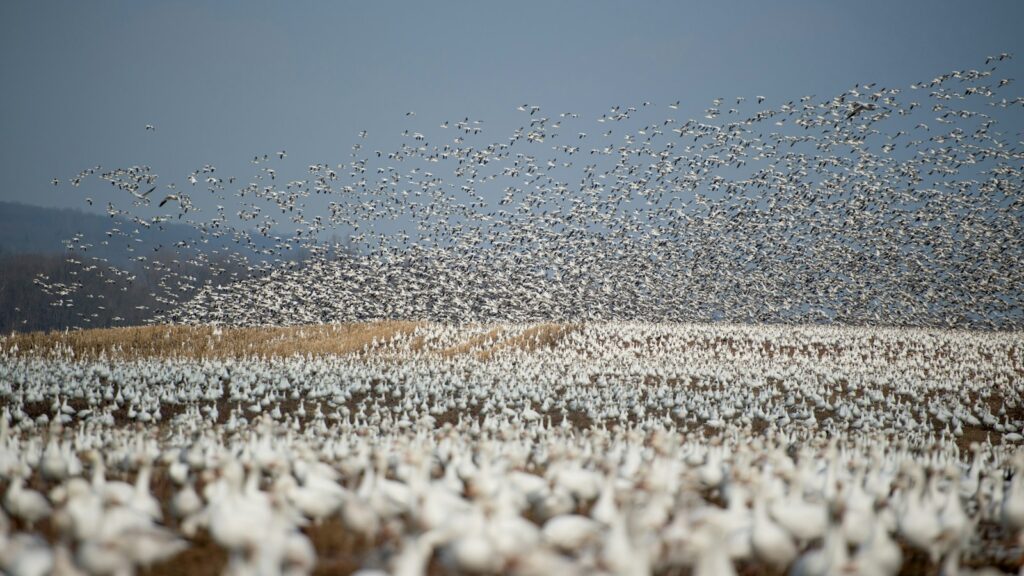
As you look skyward this spring, those distant V-formations of geese represent far more than just a pleasing sign of seasonal change. Their carefully selected flight altitudes tell stories of atmospheric physics, evolutionary adaptations, ecosystem health, and climate change impacts. By paying attention to how high geese fly during this spring’s migration, you’re tuning into an important biological indicator that connects global weather patterns, habitat conditions across continents, and the remarkable physiological capabilities of these aerial athletes. Whether you’re a dedicated ornithologist or simply someone who appreciates the natural world, taking note of goose altitude patterns offers a unique window into the complex interplay between wildlife and our changing environment—a perspective that becomes increasingly valuable as we navigate an uncertain climatic future.
